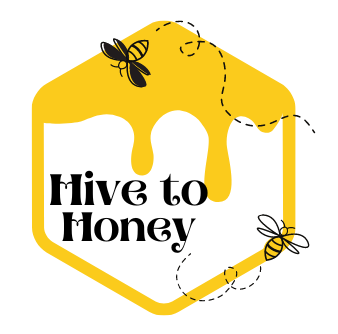Crystallized Honey
Crystallized Honey: Exploring Nature's Sweet Transformation
Crystallized honey, also known as granulated or solidified honey, is a natural process that occurs when honey undergoes a change in its physical state. While some may perceive it as a sign of spoilage, crystallized honey is actually an intriguing and entirely edible form of honey. In this article, we will delve into the fascinating world of crystallized honey, discussing its causes, characteristics, culinary uses, and how to handle this unique transformation.
Crystallized Honey:
Crystallization is a natural and common occurrence in honey. It happens when the natural sugars in honey, primarily glucose, begin to form solid crystals. The process is influenced by several factors, including the floral source, temperature, and moisture content of the honey. Some varieties of honey are more prone to crystallization than others.
Crystallized honey has a distinct appearance and texture that sets it apart from liquid honey. Here are some key characteristics of crystallized honey:
- Texture: Crystallized honey has a grainy or sugary texture due to the formation of tiny sugar crystals. The size and consistency of the crystals can vary, resulting in a range of textures from fine to coarse.
- Color: The color of crystallized honey remains largely unchanged from its original liquid state. Whether it was light, amber, or dark, the color will remain the same in its crystallized form.
- Opacity: Crystallized honey may appear cloudy or opaque due to the scattering of light by the sugar crystals. This is a natural occurrence and does not affect the quality or taste of the honey.
- Flavor: The flavor of crystallized honey remains intact. The nuances and taste profiles of the floral sources used by bees to produce the honey can still be enjoyed.
Several factors contribute to the crystallization of honey:
- Glucose Content: Honey with a higher glucose-to-fructose ratio is more prone to crystallization. Different floral sources have varying glucose levels, which can impact the crystallization process.
- Temperature: Lower temperatures accelerate the crystallization process, while warmer temperatures slow it down or even prevent it. Honey stored in cool environments is more likely to crystallize.
- Moisture Content: Honey with lower water content is more prone to crystallization. Bees naturally dehydrate nectar to produce honey, but variations in moisture content can influence crystallization.
Crystallized honey offers unique culinary opportunities and flavors. Here are some ways to enjoy crystallized honey:
- Spread: Spread crystallized honey on bread, toast, or biscuits. Its granular texture adds a delightful crunch and a touch of sweetness to your favorite baked goods.
- Toppings: Use crystallized honey as a topping for pancakes, waffles, yogurt, or oatmeal. It adds a pleasant texture and a subtle sweetness to these breakfast treats.
- Baking and Cooking: Crystallized honey can be used in baking recipes as a substitute for liquid honey. Its texture lends a delightful chewiness to cookies, granola bars, and other baked treats. It can also be used in marinades, dressings, and sauces, where its granulated form adds interesting texture and complexity to savory dishes.
If you find your honey has crystallized, there are ways to restore its liquid state and maintain its quality:
- Gentle Heating: Place the jar of crystallized honey in a warm water bath, or warm it in a microwave using short intervals and gentle heat. Be careful not to overheat the honey, as excessive heat can degrade its beneficial properties.
- Slow and Steady: Let the jar of honey sit at room temperature after gentle heating, allowing the crystals to dissolve naturally over time. Patience is key when returning honey to its liquid form.
- Avoid High Heat: Avoid heating honey directly on stove tops or in boiling water, as excessive heat can alter its flavor and diminish its nutritional value.
Crystallized honey is a natural transformation that adds an intriguing twist to the world of honey. Rather than considering it a flaw or an indication of spoilage, embrace crystallized honey as a unique and edible form of this golden elixir. Experiment with its texture and enjoy its distinct flavor profiles in a variety of culinary applications. Remember, honey’s crystallization is a testament to its purity and natural characteristics, and with a little care, it can be brought back to its liquid state or enjoyed in its granulated form.
More From The Hive:

Unveiling Turkey’s Sweet Symphony: Exploring Honey Types and Varieties
Turkey, a land where ancient traditions meet breathtaking landscapes, has a rich history of honey production and a remarkable diversity of honey types. With its diverse climate zones, vast floral resources, and a strong culture of beekeeping, Turkey offers an ideal environment for bees to gather nectar and create a

Discovering Ethiopia’s Golden Treasures: A Journey Through Honey Types and Varieties
Ethiopia, a land known for its rich history, vibrant culture, and breathtaking landscapes, is also celebrated for its diverse and high-quality honey production. With its lush forests, fertile valleys, and vast floral resources, Ethiopia offers an ideal environment for bees to thrive and create a wide range of honey types.
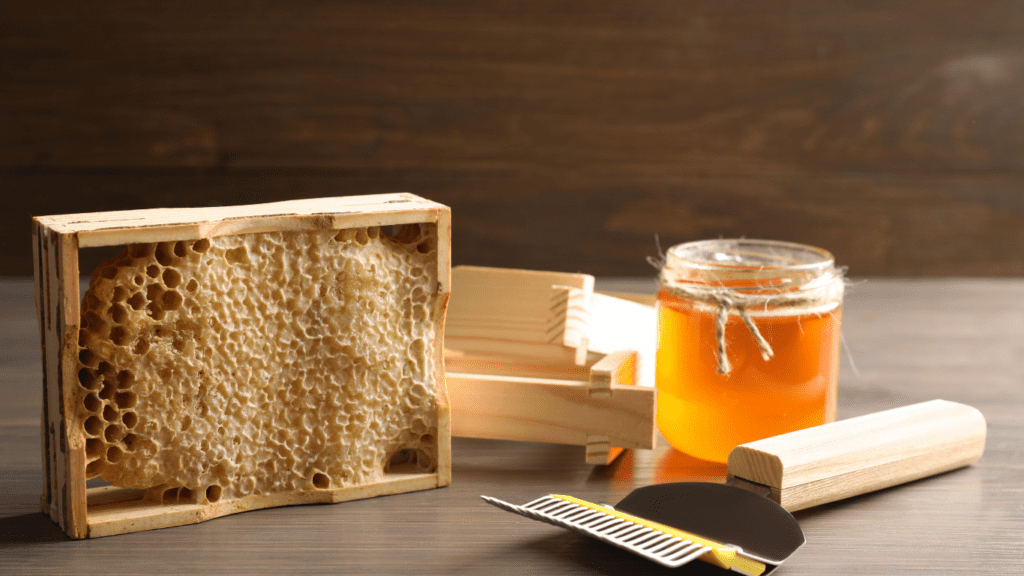
Getting Started with Beekeeping: Essential Equipment and Supplies
Starting your journey as a beekeeper is an exciting endeavor that allows you to connect with nature, support pollinators, and reap the rewards of honey production. To set yourself up for success, it’s crucial to have the right equipment and supplies. In this blog, we will guide you through the
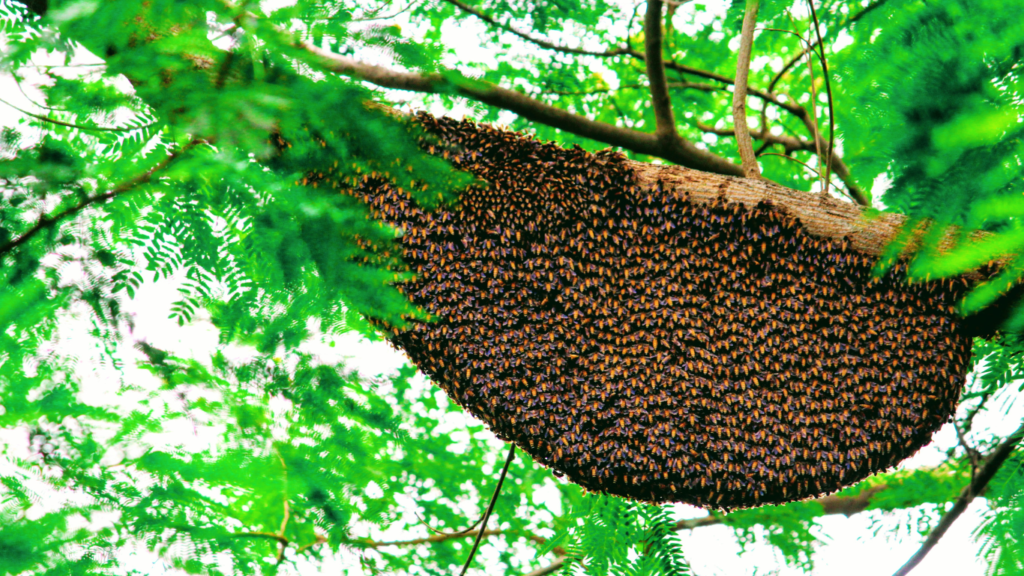
Choosing the Right Hive: Exploring Different Beehive Types
Selecting the right beehive is a crucial decision for beekeepers. The beehive serves as the home for your honeybee colony and plays a vital role in its success and productivity. With various hive types available, it’s important to understand their unique characteristics and suitability for your beekeeping goals. In this
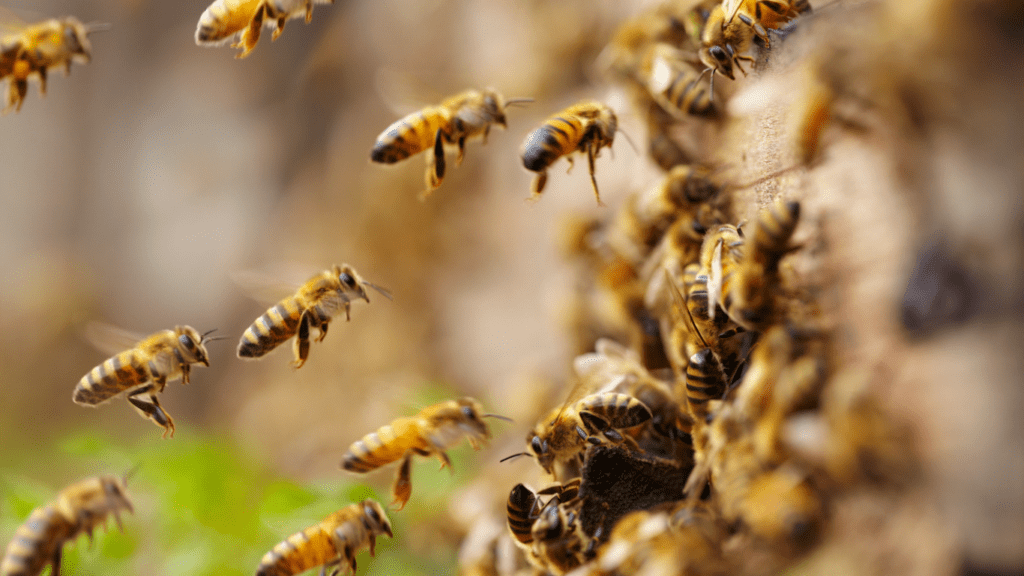
The ABCs of Bees: A Beginner’s Guide to Understanding Bee Basics
Bees are incredible creatures that have been buzzing around for millions of years, playing a vital role in our ecosystem. From pollinating flowers to producing delicious honey, bees are an integral part of our natural world. If you’re new to the world of bees and want to unravel the secrets
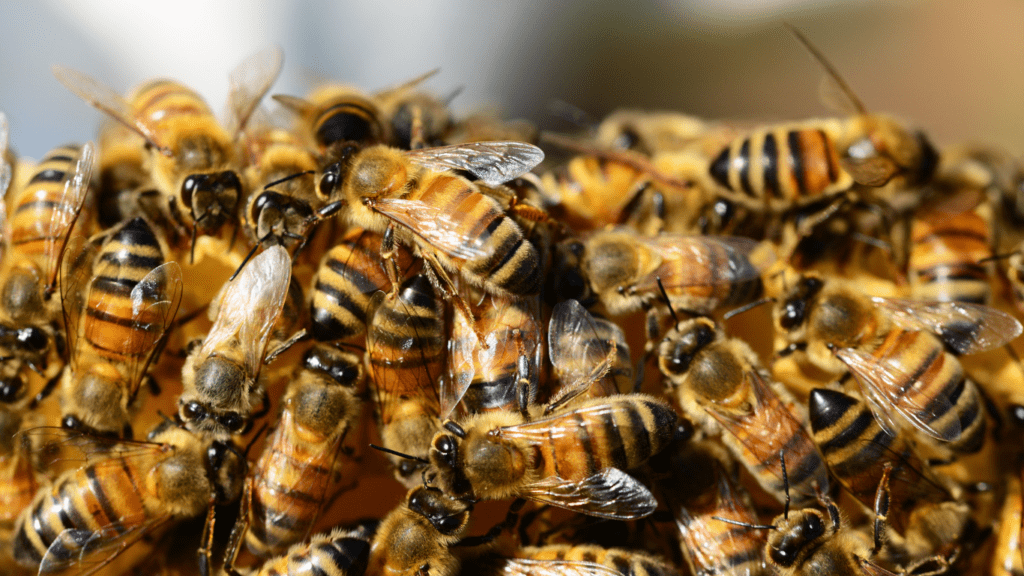
The Secret Life of Bees: Unraveling the Intricacies of Bee Behavior
Bees, with their intricate social structure and fascinating behaviors, lead a secret life that is both awe-inspiring and complex. As we delve into the hidden world of bees, we uncover a realm of communication, cooperation, and efficiency that is vital to their survival and our ecosystem. In this blog, we
